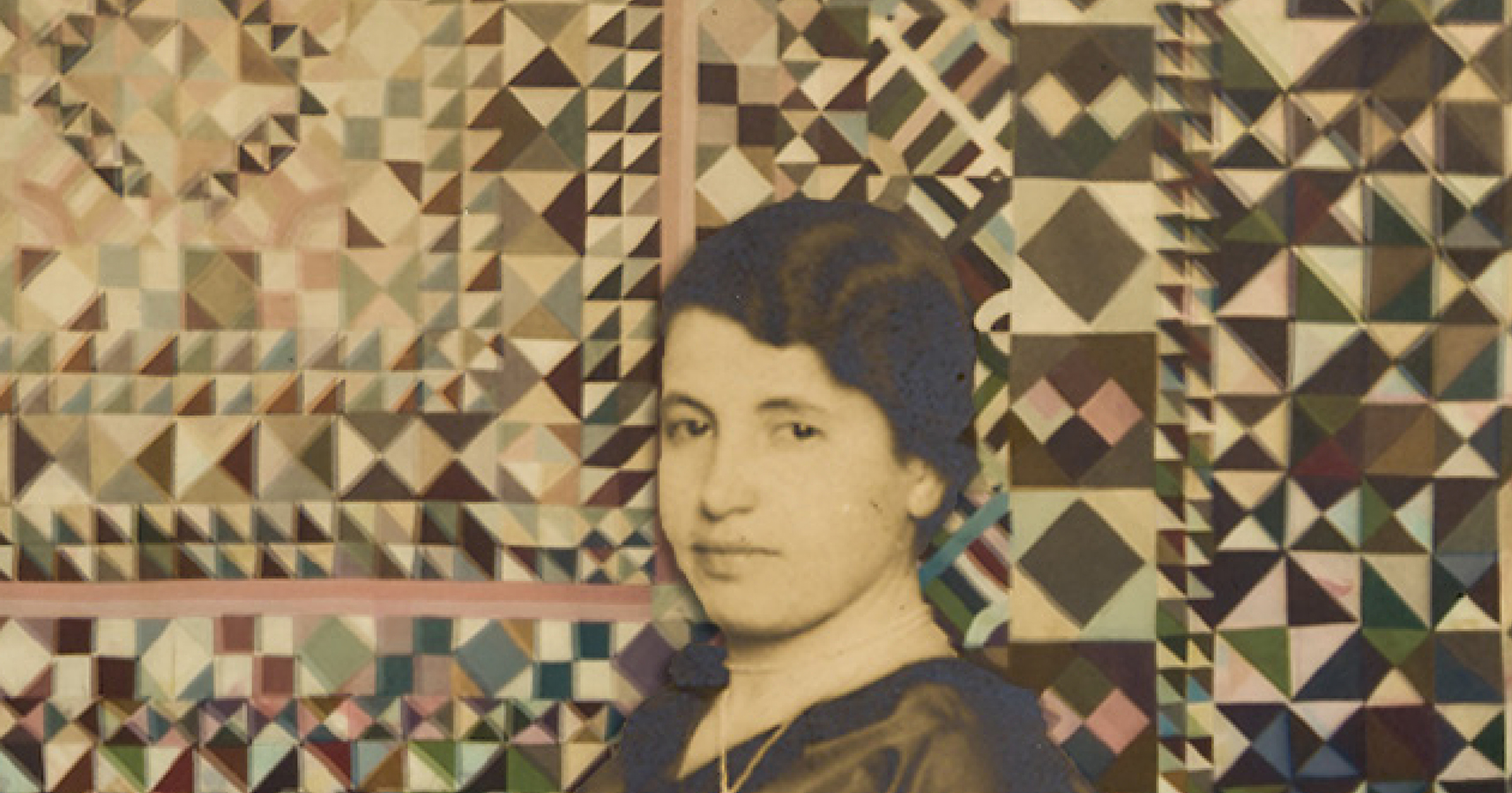
Posing with Patchwork
March 1 - Nov 30, 2013
Quilts in Photographs, 1855-1945

“Posing with Patchwork: Quilts in Photographs, 1855-1955” presents a group of antique and vintage photographs in which quilts are part of the scene. The quilts in these photographs are one element in a larger, human story; maybe it’s a story about family relationships, about remembering, about identity, about community. Sometimes we can pull the stories from the shadows by looking for clues: inscriptions on the photograph itself, elements of costume and fashion, or the way in which the quilt is used as a prop—from acting as a decorative backdrop to blanketing a deceased loved one.
These photographs range in age from the early years when photography was a complicated and specialized process for professionals, to the days when most families owned an easy-to-use camera. But in all of them the photographer and the subjects chose to include a quilt—a decision that enhances our understanding of the image and illustrates the old saying, “A picture is worth a thousand words.”
The photographs in this exhibition come from the collection of Janet Finley.